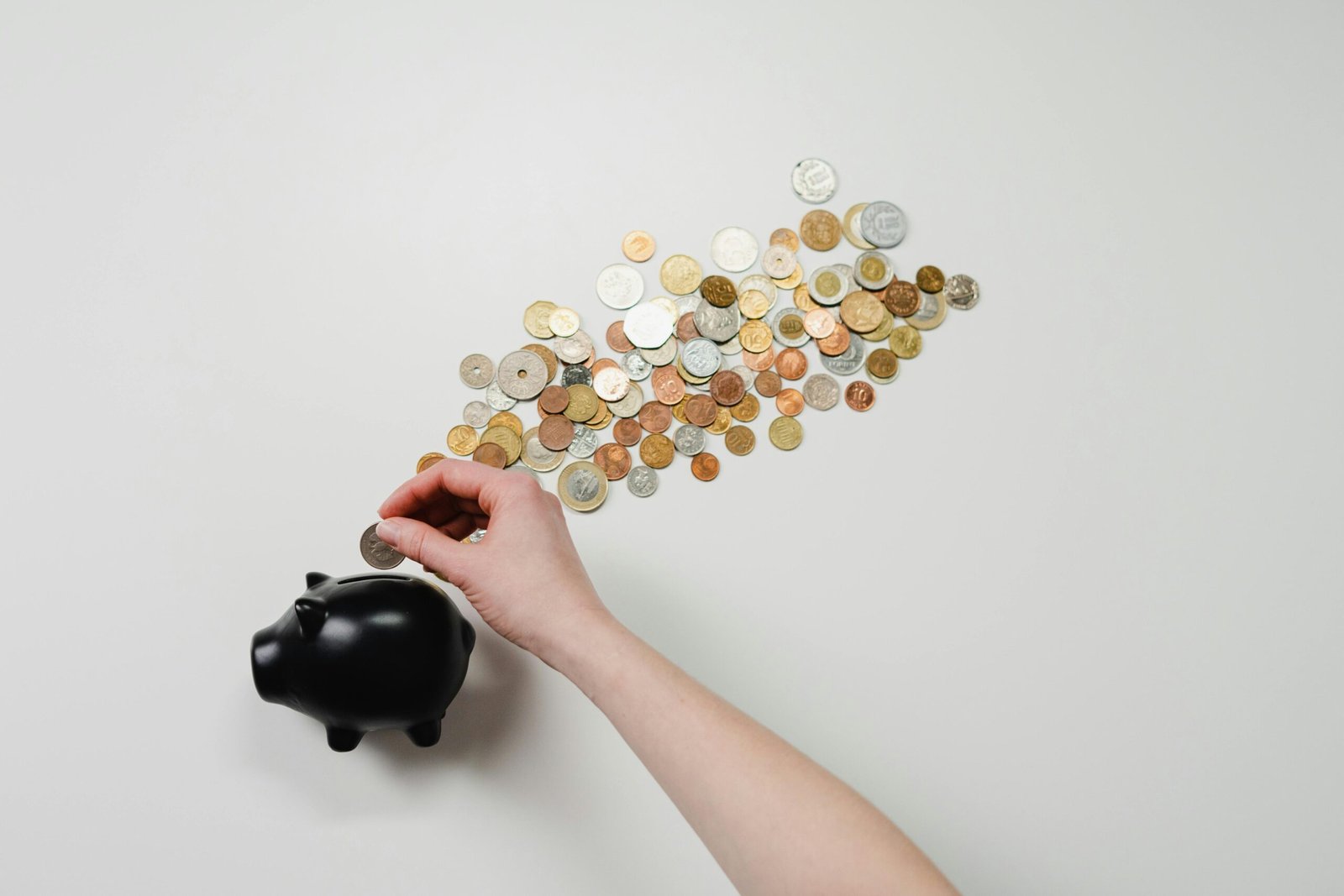We are the sum of our habits. What we do consistently — not occasionally — shapes who we become. Whether it’s improving your health, career, relationships, or mindset, change begins with daily choices. But building better habits isn’t just about willpower — it’s about systems, environments, and psychology. Once you understand how habits work, you can reprogram them to work in your favor.
How Habits Are Formed
Every habit follows a loop: Cue → Craving → Response → Reward. This is known as the habit loop, a concept popularized by behavioral science. Here’s how it works:
- Cue: A trigger that initiates the behavior (e.g., phone buzzes).
- Craving: The motivation behind the behavior (e.g., desire for connection).
- Response: The actual habit or action (e.g., checking the message).
- Reward: The benefit received (e.g., feeling of social contact).
Understanding this cycle allows you to hack the loop and either build good habits or break bad ones.
Designing Habits That Stick
- Make it obvious: Place cues in your environment. Want to read more? Leave a book on your pillow. Want to work out? Lay your gym clothes next to your bed.
- Make it attractive: Bundle habits with something you enjoy. Listen to your favorite podcast only while walking, or light a candle when journaling to associate the task with comfort.
- Make it easy: Start tiny. Instead of “read 50 pages a day,” commit to “read 1 page.” Small wins build momentum.
- Make it satisfying: End with something positive. Track progress visibly, reward yourself, or simply acknowledge the achievement.
Let’s look at how this plays out in practice:
| Habit Goal | Tiny Start | Cue | Reward |
|---|---|---|---|
| Drink more water | 1 glass after waking up | Alarm clock | Feeling refreshed |
| Get fit | 5-minute stretch routine | Morning coffee | Checkmark in tracker |
| Learn daily | 1 vocabulary word per day | Calendar reminder | Visual streak on app |
Breaking Bad Habits
To eliminate unhelpful habits, reverse the loop:
- Make it invisible: Remove triggers. Keep your phone in another room.
- Make it unattractive: Reframe the habit’s cost (e.g., “Endless scrolling drains my energy”).
- Make it difficult: Add friction — log out of apps, use website blockers.
- Make it unsatisfying: Pair with accountability — tell a friend your goal, or use habit apps that notify them when you skip.
Consistency Over Intensity
One of the biggest mistakes people make is going too hard, too fast. They try to overhaul everything at once. This leads to burnout and failure. Sustainable change happens when small habits are repeated consistently over time. It’s not about perfection — it’s about persistence.
Missing one day is a slip. Missing three becomes a pattern. Don’t break the chain.
Track Your Progress
Use habit trackers, apps, or simple checklists to keep momentum. Visual progress is motivating — it reinforces that you’re moving forward, even if slowly.
Apps like Habitica, Streaks, or simple bullet journals can help you stay accountable and gamify the process.
Environment Is Stronger Than Willpower
Willpower fades. Environment sticks. Design your space for success. If you’re trying to focus, clean your desk and put your phone on silent. If you’re trying to eat better, stock your kitchen with healthy snacks.
Surround yourself with people who share your goals. Join a fitness group, writing community, or mastermind — your environment will either lift you or drain you.
Identity-Based Habits
The most powerful form of habit change comes from identity transformation. Instead of saying, “I want to write more,” say, “I’m a writer.” Your actions will begin to align with the identity you believe in.
Ask yourself: Who do I want to become?
Then build habits that prove it.
Each time you follow through on a small habit, you cast a vote for the type of person you want to be.
Conclusion
Creating better habits isn’t about force — it’s about flow. When you align your actions with your goals, make habits easy to start, and reinforce them through environment and identity, lasting change becomes natural.
Your habits are the infrastructure of your future. Build them intentionally, and your life will follow.

